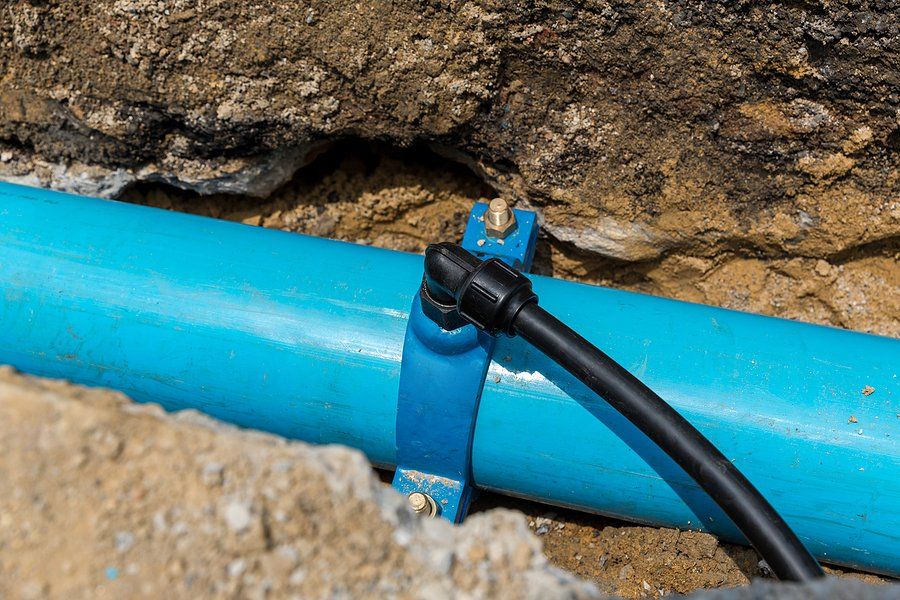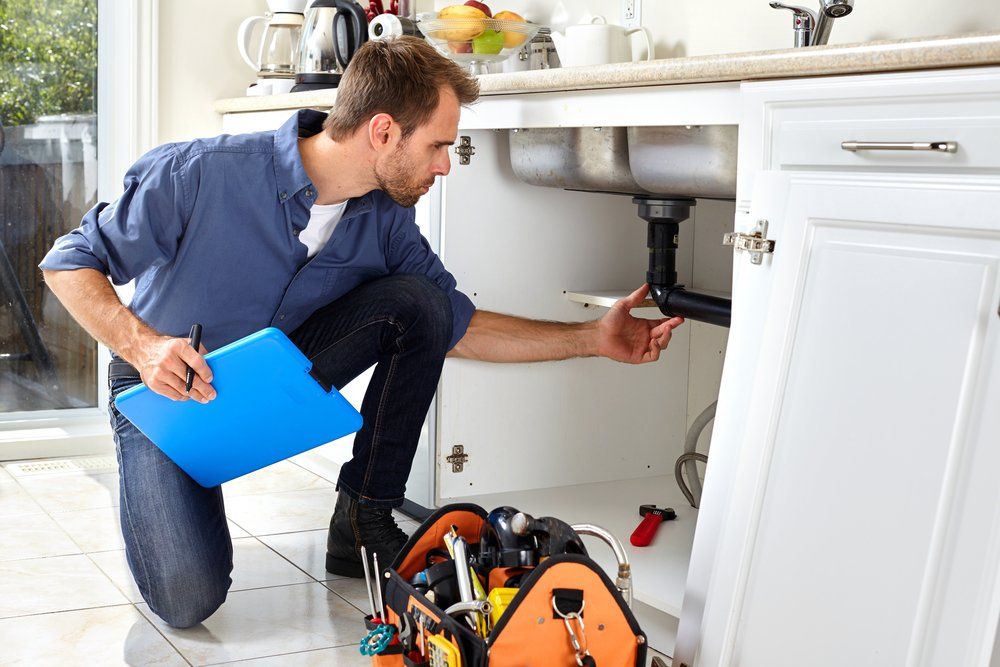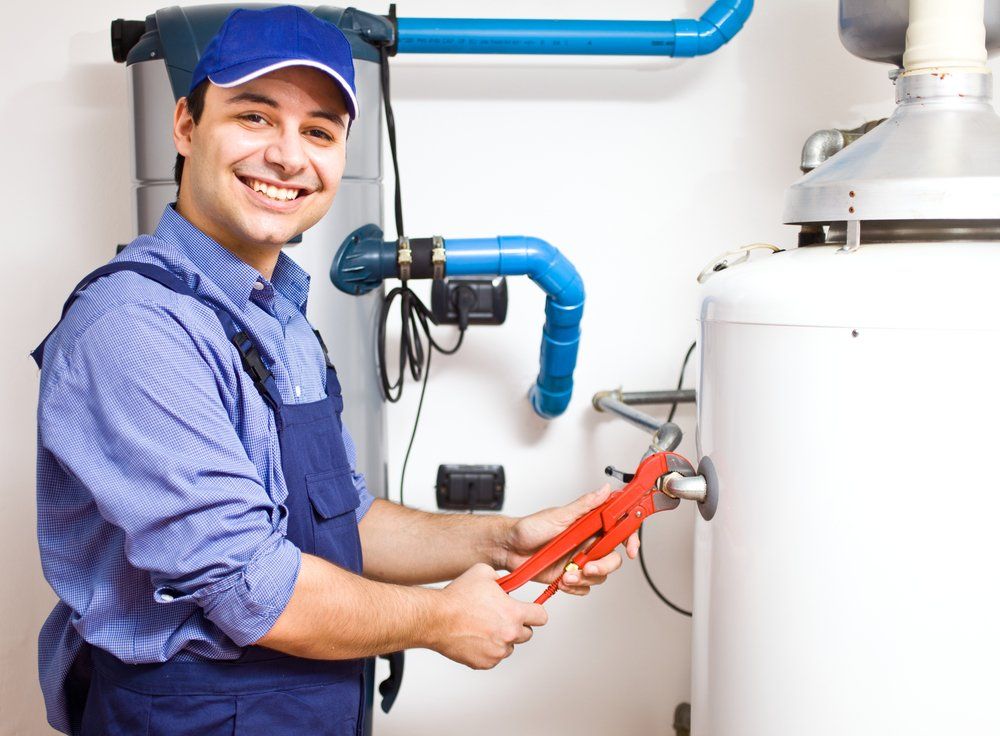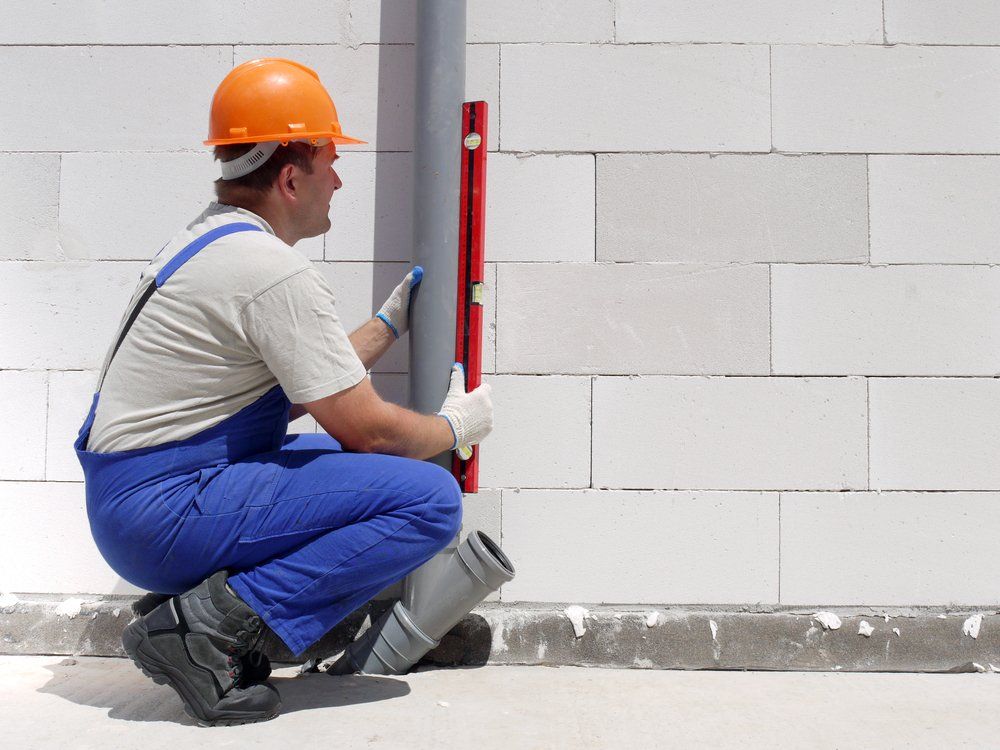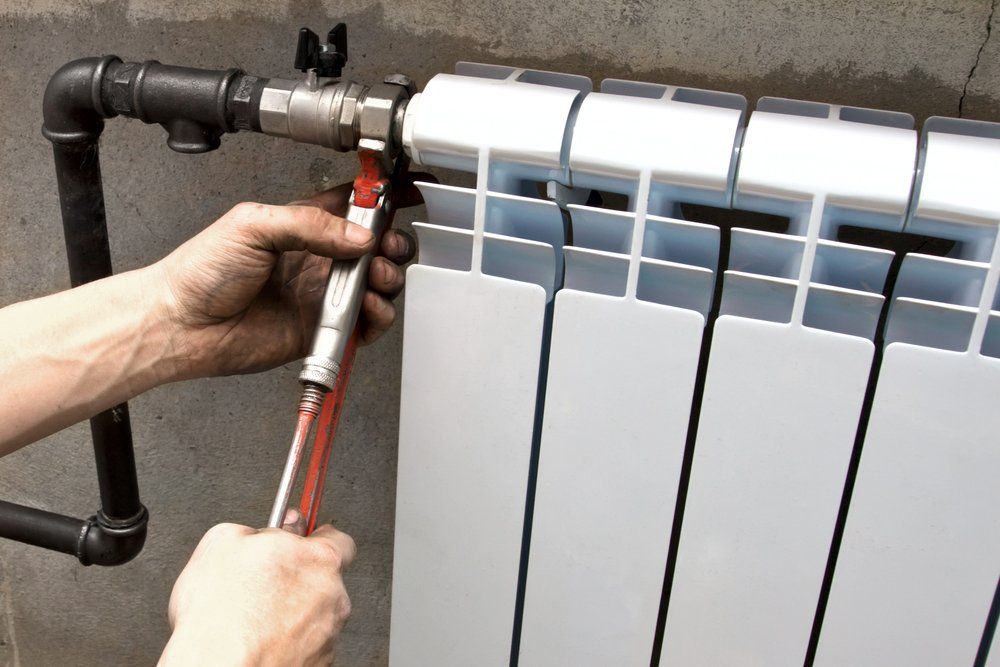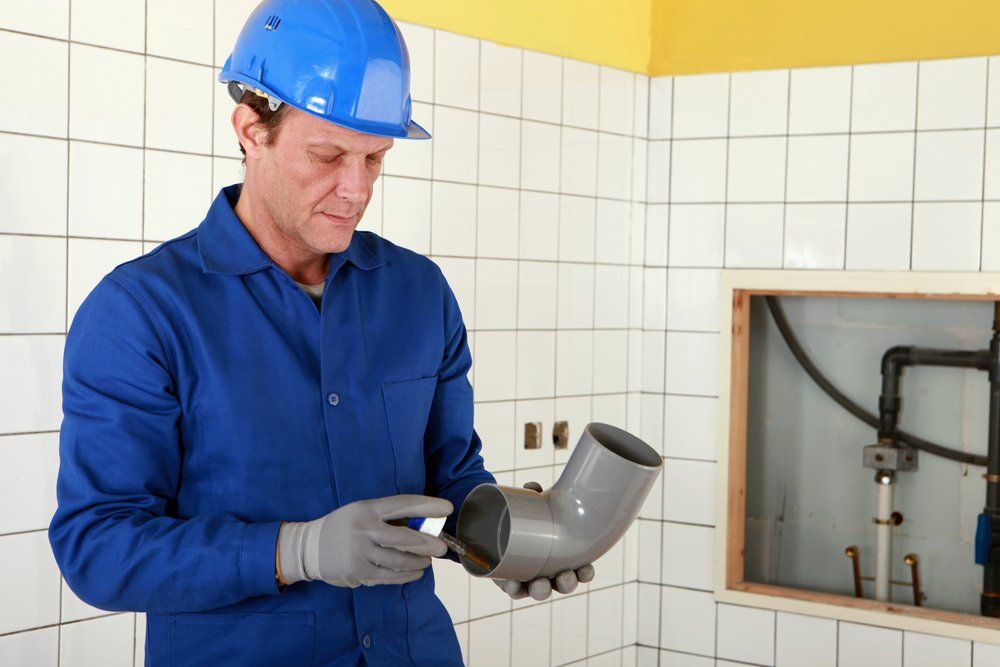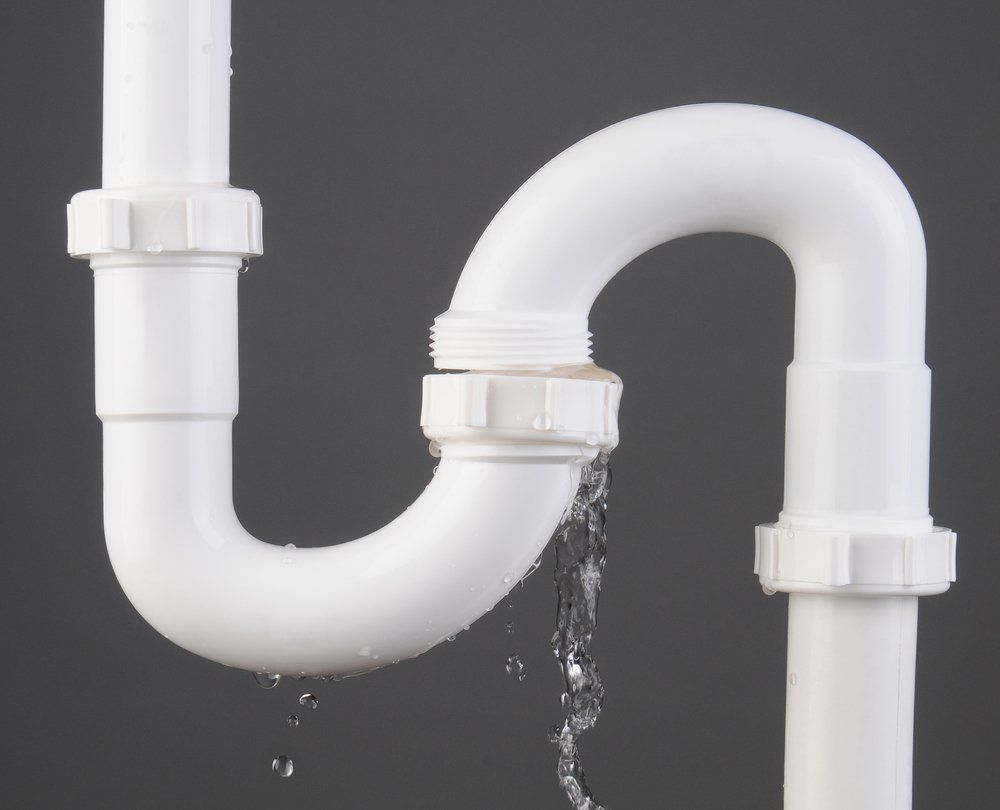All About Water Leak Detection Services
Overland Park water leak detection services offer a complete solution for identifying and locating hidden leaks. They are available to clients 24 hours a day, 365 days a year, and are always on call to respond to emergency situations. Water leak detection services are the BEST way to prevent the loss of precious water or the damage to property. In today's world of aging infrastructure, time is of the essence, and even a small leak can quickly turn into a major issue.
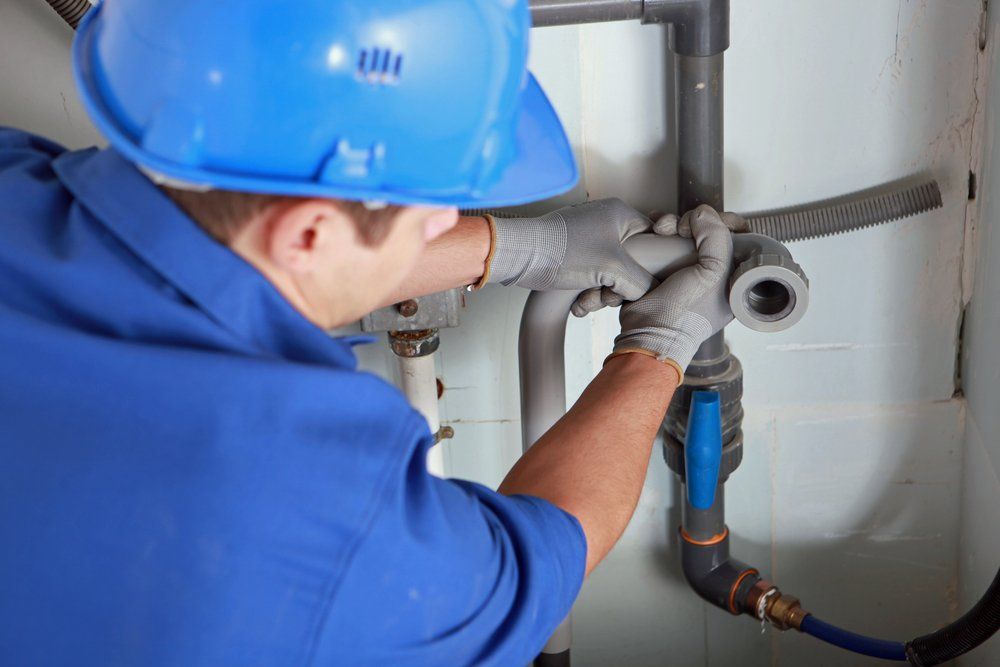
Hydrostatic test
A hydrostatic test is a type of water leak detection service. Using this technique, a plumber will fill your house's plumbing system with water until it is level with the slab's foundation. The level will be monitored for 15 minutes, and if it does not rise above the slab, then you have a plumbing leak. This type of water leak detection service can be very effective in finding leaking pipes.
The process is known as hydro static testing, and is used to determine if a leak is leaking in pipes and tanks. The engineer uses pressure to pressurise the water, and then watches for any decrease in water level. A leak in the water system can be quickly identified using this process. Hydro static testing is highly effective for identifying leaks, and can save you a lot of money in the long run.
Meter testing
One of the simplest ways to determine if a water leak is causing water bills to skyrocket is to conduct a meter test. While a professional can help you perform the meter test, you can carry it out yourself. It takes around thirty minutes and can be done at home. If you plan to test your own meter, be sure to write down the numbers of the meter. The meter box is typically located in the front yard or in a box near the street.
To begin, shut off all fixtures using water and watch the meter for any colour triangles or asterisks. If the asterisk turns while water is flowing through, there is a leak. First, turn off any water use and make sure no one is using water inside or outside the house. Then, watch the leak detector triangle or asterisk. If the meter is turning, there is a leak.
When detecting a leak, it's important to remember that small amounts of water use can be due to a variety of reasons, including flushing the toilet or running a faucet. Other reasons can include water softener or reverse osmosis system regeneration. To test your water meter for a leak, you can use leak detector tablets or food colouring. During this time, the meter should remain stationary for 30 minutes or more.
If you suspect a leak, shut off water to your house and check the meter for a reading change. If the meter reading doesn't change, the leak is most likely outside between the house and the meter. You can also turn off the water from the refrigerator ice maker or other water appliances. If there's a reading change within an hour, then you have found the leak and should take action.
Moisture-sensing leak detectors
If you are concerned about water leaks, moisture-sensing flood and water leak detectors are a good choice. The devices send out alerts when water contacts their sensors and alert the homeowner via email or text message. Some even sound an audible alarm. This type of detection system is usually a standalone model and does not require a water leak detection service.
These water leak detection systems are programmable and can be set to match your water usage patterns. Some devices are also wireless and connect to your smartphone via an app. This makes it possible to protect your property while you are away. Some models even have an app that lets you monitor your water usage, and the system will send an alert when you have an irregular water flow. Moisture-sensing leak detectors are especially useful in under-the-sink applications.
Water leaks can affect any part of your home. The most common locations include water-using fixtures and appliances. Slow leaks often go undetected until they become a large problem. These leaks may also rot house framing and sub floors. In the end, a water leak detection service can help prevent extensive water damage by detecting these leaks early.
One of the main benefits of moisture-sensing flood and water leak detectors is their affordability. Many flood and water leak detection systems are inexpensive and easy to install. These units send an alert if water is detected on the floor. Some models also have built-in temperature sensors, which help prevent false alarms due to high humidity. Additionally, these devices can even alert the facility manager to other problems, like freezing pipes.
Another benefit of moisture-sensing flood and water leak detectors is their ability to detect the presence of water at different locations. Some of these detectors can shut down the water supply if they detect excessive moisture. Many of them can even link up to a dashboard where the temperature and humidity are displayed. A flood and water leak detection service can save lives. If you have concerns about a water leak, call a water leak detection service today.
Reverse osmosis leak detectors
Reverse osmosis leak detector systems are a great way to protect your water purification system. The FLOWLOK Pads are replaceable water leak detectors that work in conjunction with reverse osmosis water filters. When the system stops filtering, the pads will absorb the water and expand to push up on an activator. Once this sensor detects a leak, the feed-water will be shut off until the problem is repaired.
Reverse osmosis leak detector devices are mechanically simple and can be installed under a sink. They detect moisture in the water as it passes through the system and automatically cut off the water flow when the detection is triggered. Installing these devices will save you from costly repairs if your system is not working properly. They also protect your hardwood and floorboards from damage, which may include warped cabinetry.
Modern flood detection systems must be installed by a professional plumber. Moreover, they can be installed in a variety of plumbing systems. Therefore, you should not attempt to install one yourself unless you are a plumbing expert. An under-sink reverse osmosis leak detector requires only connecting the water line to the inlet side. Reverse osmosis leak detectors can monitor but not shut off the water supply.
Nu Aqua leak stop valve is an excellent reverse osmosis leak detector. Its lever-type mechanism automatically shuts off the water supply when moisture is detected. It is compatible with reverse osmosis systems, under-counter filters, refrigerators, coffee makers, and ice makers. The Nu Aqua valve is BPA-free and allows for easy installation. Installing it requires no professional help.
